SitelogIQ partners with public and private school districts throughout the U.S. to bring comfort, performance, and efficiency to the classroom through customized school construction and modernization. With over 25 years of experience working with school districts, we understand that each project is unique. We invest time in a comprehensive assessment of your facilities and your school district and engage your stakeholders throughout the process. Working alongside district leadership will help us understand your vision, identify opportunities, and achieve your specific educational goals.
It is our goal to provide our K-12 clients with solutions that enhance the learning environment by taking a holistic approach to address not only facility infrastructure requirements, but also educational programming, long-term maintenance, and districtwide growth needs. To accomplish these goals, we offer the Enhanced District Options Study (EDOS) and Long-Term Facility Maintenance (LTFM) plan.
EDOS: Implement for Immediate Projects
SitelogIQ offers a unique approach to capital project planning through our EDOS. This study goes beyond the traditional architect-led feasibility study and provides an action plan for district stakeholders to improve student and staff performance, reduce operating costs, enhance district competitiveness, and address aging capital infrastructure.
The goal of the EDOS study is to improve the quality and functionality of your school district’s educational facilities. The EDOS will assess your district’s current state, identify vision and objectives for your capital plan, define potential scope, establish project cost expectations, and map out an action plan to achieve your goals. The objectives of the EDOS are strategic and streamlined: support district planning, positively impact district financial and operational performance, and consider features that are proven to positively impact student achievement and safety.
The EDOS will include a review of physical and function needs, including:
- Operational Efficiency: How energy efficient are your facilities?
- Includes energy benchmarking to establish a basis for potential operational/energy savings.
- Environmental Assessment: Are your educational spaces supporting your education programming?
- Includes data collection and analysis to review current lighting levels, building humidity, carbon dioxide levels, and facility acoustics.
- Asset Condition Assessment: Does your facility infrastructure meet your operational needs?
- Will chart, catalog, and grade facility infrastructure to determine remaining expected useful life of components and systems. Facility systems will be evaluated based on criteria such as age, energy efficiency, design, code compliance, maintainability, and functionality.
- Safety & Security: Are your safety & security systems 100% functional?
- Includes an analysis of existing building safety and security systems to include building-wide camera systems, intruder alarm systems, secure vestibules, and door mechanisms.
- Enrollment, Capacity, & Grade Configuration: How do geography and demographic data affect your facilities?
- Capacity analyses and population data will be included to support all recommendations and determine facility adequacy.
LTFM: Strategically Plan for Future Facility Maintenance Needs
It’s inevitable: that shiny new boiler is going to stop working someday. Facility managers who focus on their operations and maintenance budgets year-over-year know that even well-maintained assets have a finite useful life but may find it difficult to budget for major expenses like roof replacements, boilers, and ventilation systems. Creating an LTFM plan will help to prepare for these deferred maintenance expenses.
How is an LTFM different from a master plan? While a master plan includes projects that address physical, education, and functional needs, the LTFM is an online tool that is focused on maintaining existing assets. An LTFM can be a part of a master plan but is focused solely on maintaining the building environment for comfort, energy, safety, and security.
Managing project costs in the LTFM Tool helps districts to focus on the balance of committed costs, not the balance of the account. With many fiscal year budgets ending in June, often in the middle of project installation, managing committed costs across multiple fiscal years can also be a challenge – a challenge made easier with the LTFM plan.
The LTFM by SitelogIQ is a planning tool focused on maintaining the building environment for comfort, energy, and safety. The LTFM planner and associated support creates significant value for our customers to organize and plan the work by SitelogIQ.
Special thanks to Brian Peters, Development Engineer at SitelogIQ Midwest, and Kevin McGauley, President of SitelogIQ Midwest, for their contributions to this article.




